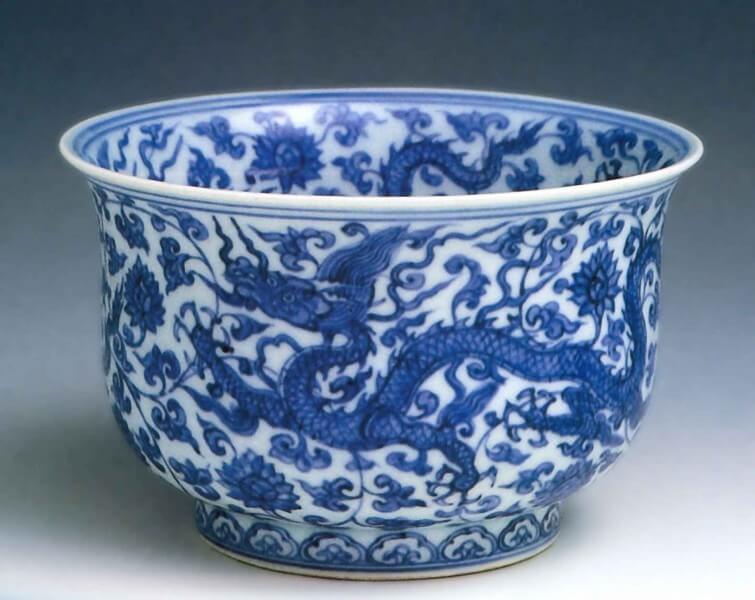History of Chinese Porcelain
Rating: 8,7/10 (2958 votes)   Tang Dynasty Chalice China gave the world many discoveries. The main ones are: compass, silk and gunpowder, paper and of course porcelain. This type of ceramics appeared in the opinion of some expert scientists in the 2nd millennium BC, as evidenced by the excavations carried out in the valley of the yellow river Huang He (Huang He) in China. Other experts argue that the pieces of items found are proto-porcelain (which contains only white clay - kaolin) and cannot indicate the exact date of origin of this material. In their opinion, porcelain first appeared at the beginning of the 7th century AD, during the reign of the Tang dynasty. / p> Note that, according to the Chinese, porcelain should have exactly the blue color, identifying with the blue sky, washed by rain. White, green porcelain was also considered acceptable. In addition to color, porcelain should be resonant, like a gong, be transparent like glass, and be no more than a sheet of paper. That is why Chinese porcelain pieces are truly valuable among collectors worldwide.  Tang Dynasty Ceramic Figures Most Chinese ceramics made from earthenware, including everyday kitchen utensils, cutlery. Thinner ceramics were used in the manufacture of sculptures (this trend was popular during the Tang Dynasty). The word porcelain, having a collective term, does not depend on color, method of manufacture and the list of ingredients used. According to the Chinese centuries-old traditions, there are 2 categories of ceramics: fired at high temperatures and at low. The main combinations used for the production of porcelain: kaolin (consists of the clay mineral kaolinite); stoneware (consists of a mixture of micaceous, feldspar stones); feldspar; quartz.   Porcelain bowl dated X-XI century 2. The period of the Han dynasty. According to some scientists, it was during this period that the first real porcelain was created, made with firing in 1260-1300 °. At the end of this era, porcelain craftsmen began experimenting with the shape of their products, creating amazing figurines and sculptures. 3. Sui (Sui) and Tang dynasties, gave the world a wide variety of porcelain stoneware. During this period, the material was fired at both low and high temperatures. The most popular products of this period are the lead-glazed, tricolor masterpieces, high-temperature fired and known-glazed, aqua green, made at low temperatures. 4. The Song and Yuan dynasties marked a turning point in the establishment of porcelain. It was then that stoves used for the manufacture of fanfare products began to appear everywhere in cities. New variations of painting, forms and methods of application began to appear. They began to insert precious metals and precious stones into porcelain.   Porcelain vase from the reign of Emperor Shih Tsung 6. The Qing Dynasty (Qing) became famous for the discovery of the secrets of Chinese porcelain production around the world. For the first time this happened after the writing of a detailed report on the production of Chinese stones (white porcelain) by the French spy Pere Francois Xavier d'Entrecolles. The second time, in 1743, the secrets of production were revealed by the Qianlong Emperor, who described the production of porcelain in detail in his memoirs. Part of the memoirs was titled “20 illustrations of porcelain making”. Subsequently, the original illustrations were lost, but a detailed description of the technologies remained to this day.  Qing Dynasty Porcelain Plate Subsequently, the original illustrations were lost, but a detailed description of the technologies remained to this day.  We also recommend reading Drinks in the Czech Republic Topic: History of Chinese Porcelain. |




